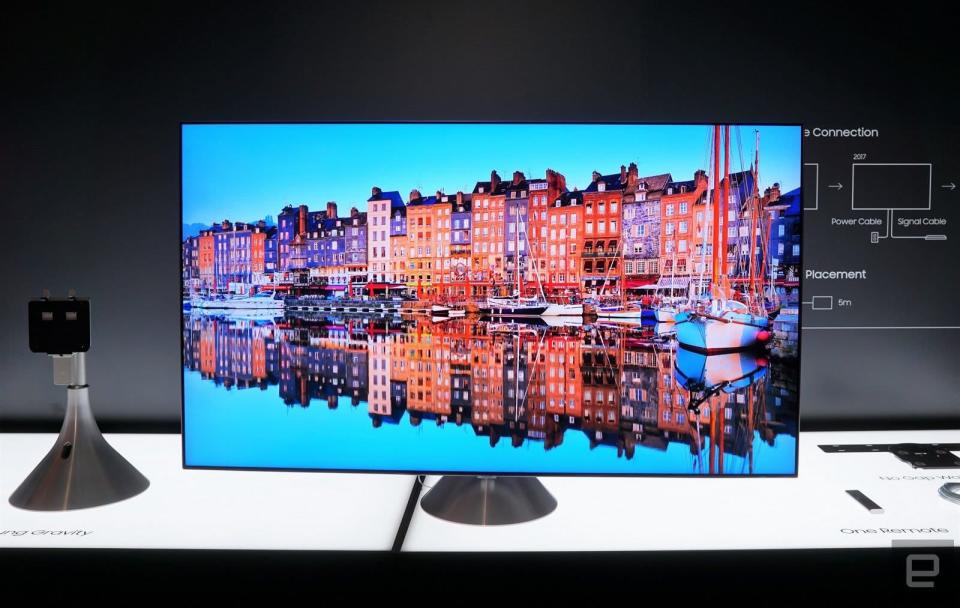AMD's new FreeSync tiers guarantee display performance
They relate to a monitor's refresh rate and HDR capabilities.
Much like NVIDIA did at CES 2019, AMD is rebranding its adaptive frame rate technology at CES 2020 to make it easier for consumers to know what different FreeSync displays can do. To start, the company is introducing a new tier called FreeSync Premium. Monitors with this certification will be able to maintain at least a 120Hz refresh rate at 1080p. They'll also include a technology called low frame rate compensation (LFC) that will make sure gameplay remains smooth even if your PC can't render a game at or above your monitor's refresh rate. The company says approximately 300 displays already qualify for FreeSync Premium branding.
At the same time, AMD is rebranding its FreeSync 2 HDR tier. Moving forward, any monitor that is capable of outputting an HDR image while also maintaining a 120Hz and Full HD resolution will be eligible for the company's new FreeSync Premium Pro branding.
With the move, AMD now has three FreeSync tiers -- just like NVIDIA has three G-Sync tiers. And while they're not one-for-one equivalents to each other, there's plenty of overlap. For instance, both AMD's and NVIDIA's highest certifications now explicitly relate to a monitor's HDR capabilities. This should help AMD better guarantee levels of performance when it comes to the tech.

 Yahoo Finance
Yahoo Finance 

